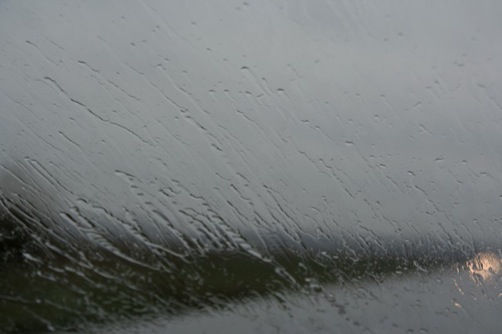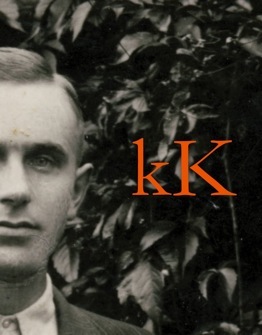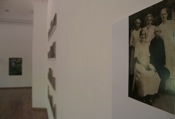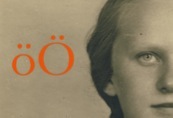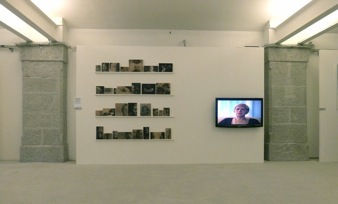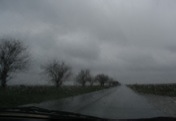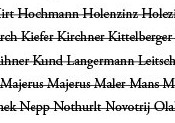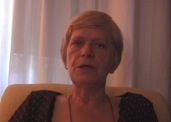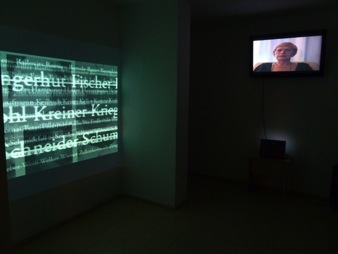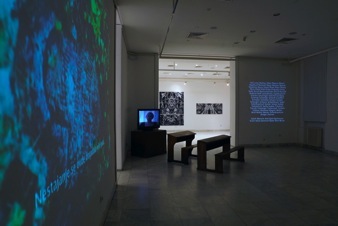German Lessons
The long repression of the German population in Yugoslavia and other Eastern European countries began immediately after the end of the Second World War. Under the pretext of claiming war reparations and punishing the occupiers’ collaborators, the German rural and urban population that had resided in these regions since the 18th century, contributing significantly to the culture, system of values, diet and customs of the South Slavs, was denied their civil rights and deprived of their belongings and real estate. Depending upon their physical abilities, these men and women were forced into labour or left to die of disease or hunger. Many were deported to gulags in the USSR; others were sent to labour camps throughout Yugoslavia. Those labelled as “unfit for work” were crammed into devastated German villages, surrounded by barbed wire. In the Serbian part of the Banat region alone, more than 60,000 German children and elderly men and women thus died of starvation, typhus and dysentery. Many were killed in other ways, and numerous disturbing records testify to these acts. The systematic killing and expulsion of the Germans from Banat, Vojvodina, and Yugoslavia in general, which took place between 1945 and 1948, has remained entirely neglected and unknown to the general public. Studies and testimonies published on this matter are fairly recent.
Unfortunately, this untold history hasn’t emerged following an increased awareness in society of the committed crimes, nor has it emerged from an authentic need to re-evaluate the past. The importance of these events has returned with a repetition of the error: after new mass crimes were committed in the region of former Yugoslavia, followed by pathological denial, self-deception and an unwillingness within the local cultural and political "elite" to formulate its basic position regarding responsibility and the universal value of an individual human life.
This work does not aim to encourage a new counting of the dead nor to make nostalgic reference to the graves of ancestors, though some of these tombs are truly sad, often dug over, unmarked, covered with mud and weed. Such references would certainly be hazardous and somewhat anachronistic, especially after one has (barely) survived the rhetoric of the 90s in Serbia, absorbed in ancestors, tombs and hearths. On the contrary, this work represents a personal desire to ponder over our time and our society, over its miserable fears of its own past and the identities that are built from repressed memories.
Undoubtedly, this work primarily has to do with a language of one part of my family. For decades, German has been the language of the discrete silence of those who survived the labour camps. After many years that language has suddenly appeared in our lives as fragments of a parallel, unspoken text, as silence between words shaped by syntax, punctuation, and grammar. Motivated by the German lessons my mother has recently started to attend, German Lessons is dedicated to that silence.
(from the catalogue German Lessons, D. Atanackovic, Artget Gallery, Belgrade Cultural Center, 2010)
The work has been presented, in various forms, in Florence, Villa Romana (2009), in Belgrade, Artget gallery, Belgrade Cultural Center (2010), in Trieste (Magazzino 26, Free Port of Art, 2011) and in Tirana, Qendra multifunksionale TEN (Social dialogue and cultural policies in the post-communist context, 2014).


